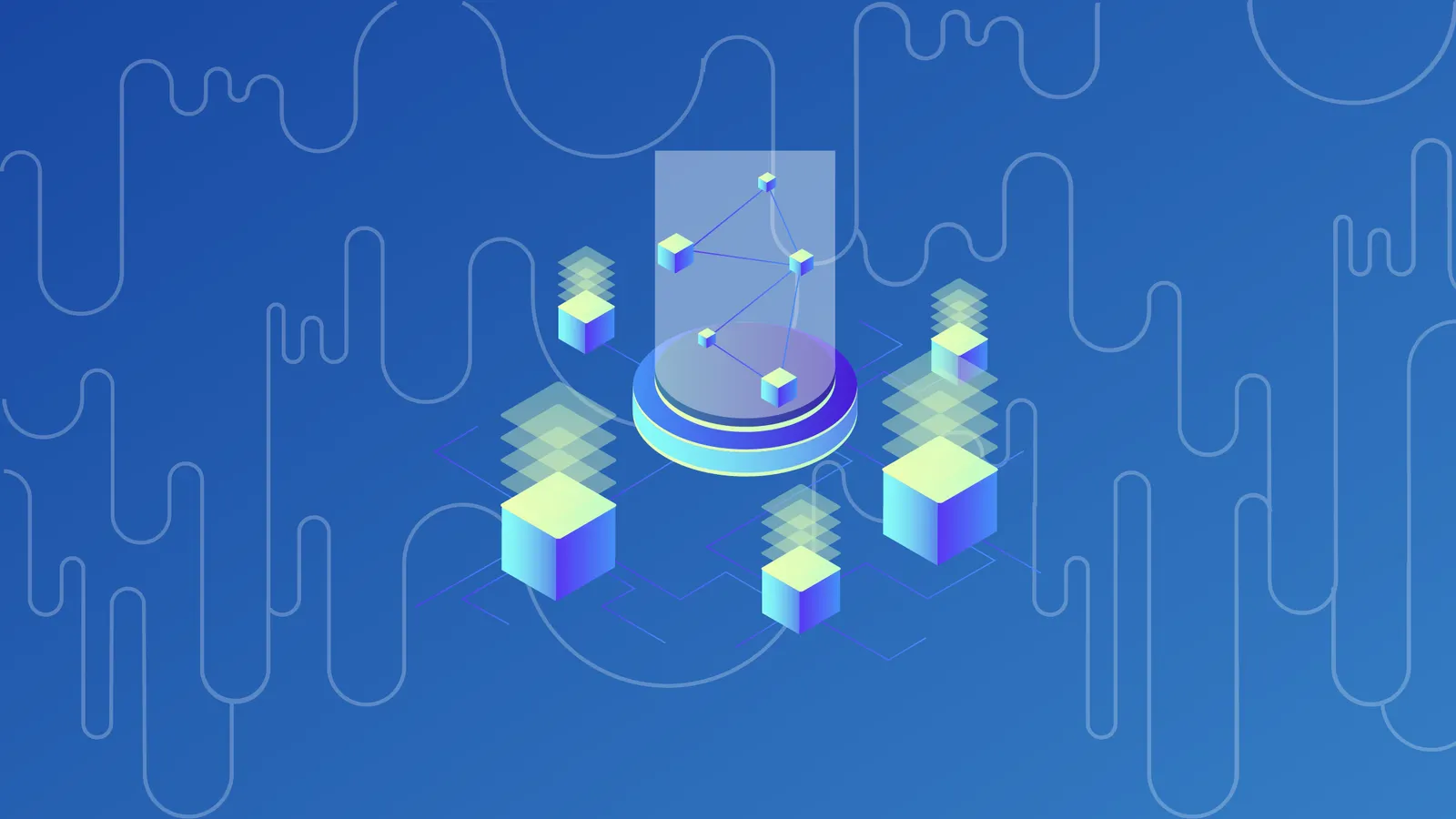Blockchain started with Bitcoin, but there are no limits to where this technology could go in future. Projects like Ethereum and Ripple have taken the principles of blockchain and taken it in new directions.
A blockchain is, very simply, an online record of transactions. They could be transactions for:
- Money
- The movement of goods
- Exchanges in information
What is a blockchain—diving deeper
A blockchain is a growing set of records, bunched together into ‘blocks’ which are linked together using cryptography.
So we know it’s a way to keep records, but there are a lot of clever ideas built on top of that. The first is about how blockchain keeps those records. Most people refer to this as the distributed ledger system or DLT.
In a distributed ledger, a record of every transaction is held in many places at the same time. As a result, every time something in the blockchain is changed, everyone in the network is notified about—and has to agree on—changes.
This makes a blockchain fiendishly difficult to hack into and change records as it would require someone to change every single record at the exact same time.
Why is everyone so excited about blockchain?
There are a number of key factors that make blockchain so exciting.
It's decentralized. The internet today is mostly centralized. What does that mean? The vast majority of the services and sites you visit store and keep their data in a database. Your bank, Netflix, Google, you name it, they all operate a centralized system.
The blockchain meanwhile, is a decentralized system. That means that the data lives on the network, instead of in one place.
Why else is it so special?
- It's a trustless system. Today when we buy things online, there are a number of actors or points we have to trust. Whether it be a seller, a payment system, a bank or even a website. A blockchain doesn't require so much trust, allowing anyone to exchange goods or services without a third party.
- No more middlemen. Many of today's networks are controlled by middlemen or agencies that often charge for the flow of information. In a blockchain, there is no such centralized control, which can lead to lower costs and speedier transactions.
- Transparency. In a public blockchain like Bitcoin (there are private blockchains, check out our guide to find out the difference) anyone can see transactions, making it easier to track the flow of goods or services.
- No one is in control. Because blockchain is a decentralized system, it means no one person or group can control the system, meaning things can only change via consensus.
What can blockchain be used for?
- Energy—Person-to-person energy swapping. Potentially between borders.
- Supply Chains—Track all sorts shipments with complete transparency. Connecting records as items pass across many different handlers.
- Open Data Marketplaces — Large open-source platforms to exchange big-data anonymously. Data is often described as the lifeblood of internet businesses.
- Governments—Blockchain technology could be used to increase speed and visibility in the public sector.
- Auditing & Regulating—Although not typically implemented, blockchain tech could be set up to be a looking glass into public transactions making regulatory roles significantly faster and easier.
- Insurance—Make insurance more transparent, with set conditions for payouts.
- The Internet Of Things—Connecting smart devices to the Internet of Things and the sharing economy.
See more about IoT and blockchain with our article exploring IOTA.
Cheat Sheet
- A blockchain is a growing set of records, bunched together into ‘blocks’ which are linked together using cryptography.
- A blockchain keeps records via a distributed ledger system or DLT
- A blockchain is trustless, reduces the need for middlemen, and it is decentralized.
Up Next
Part of Bitcoin's "trustless" system is that transaction verification is based on proof-of-work. What does that mean?



